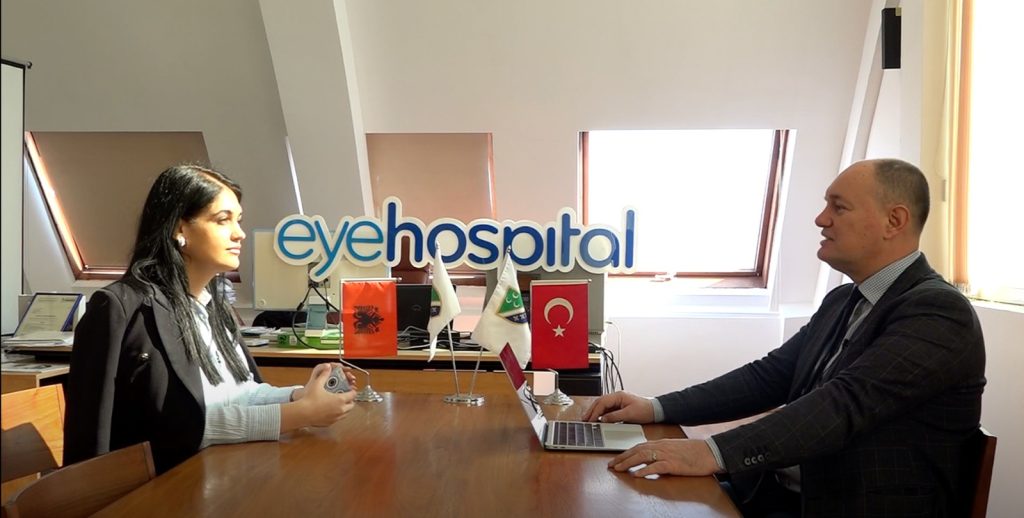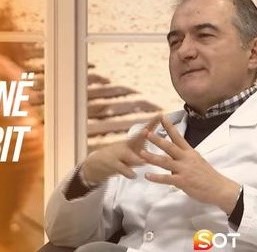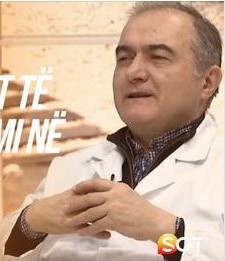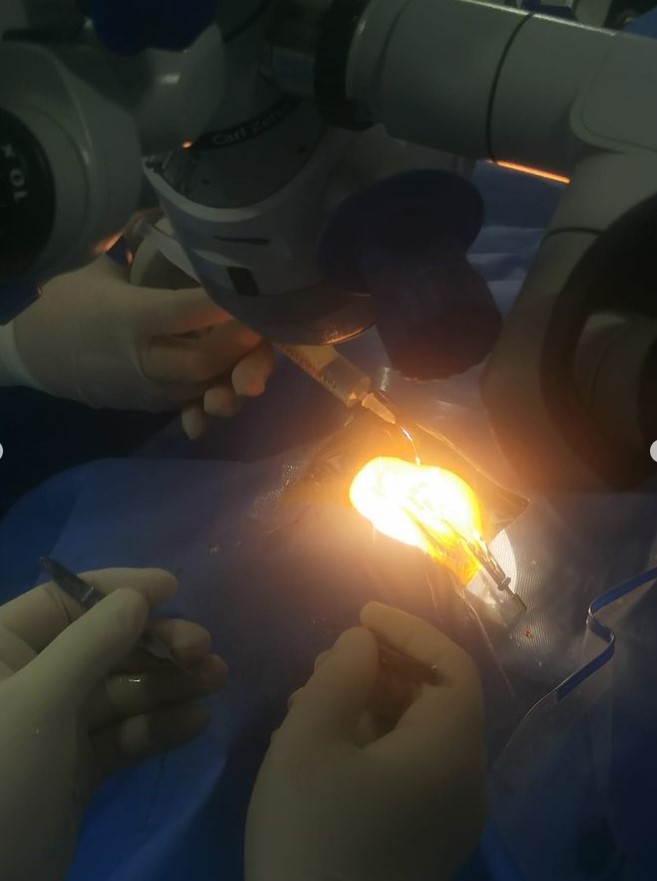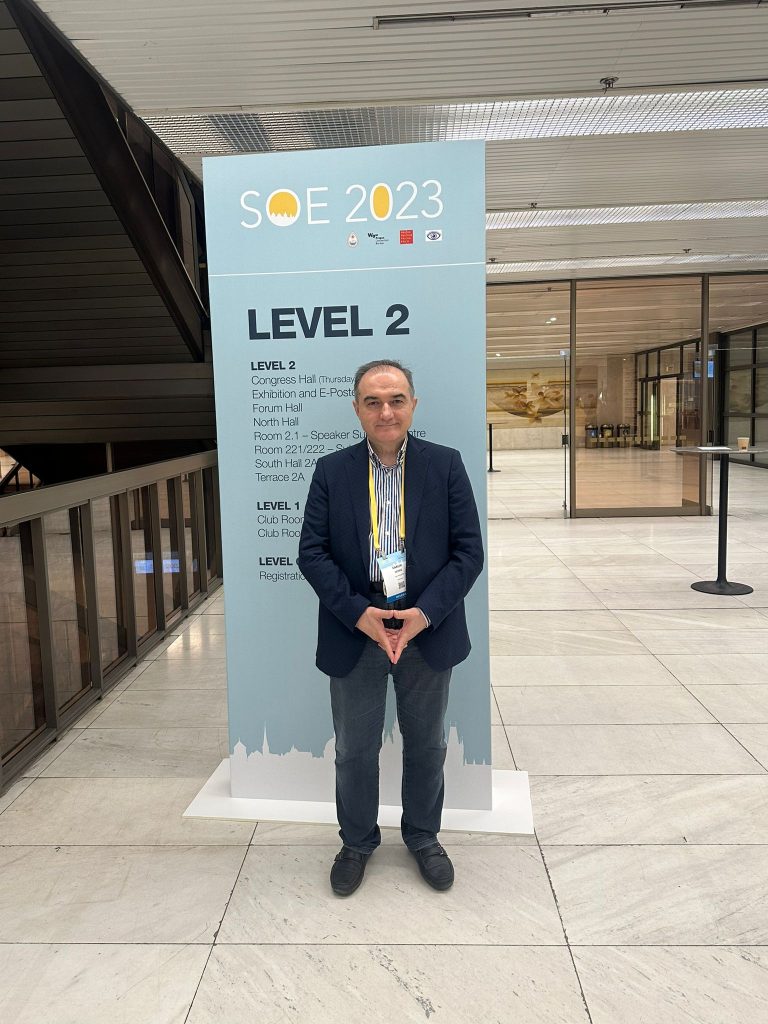TREATMENT OF ADENOVIRAL KERATITIS DISEASE USING SMILE MODULE. NCT 05123014
Why is this study done?� Adenoviral keratitis(caused by adenovirus) is one of the most frequently diagnosed eye diseases. Most of these infections have symptoms like (Ocular itchiness and irritation, chemosis (conjunctival edema), photophobia, epiphora, foreign body sensation, epithelial keratitis, Adenoviral subepithelial infiltration is one of the most challenging complications to treat. Significant fibrotic remodeling of …
TREATMENT OF ADENOVIRAL KERATITIS DISEASE USING SMILE MODULE. NCT 05123014 Read More »

